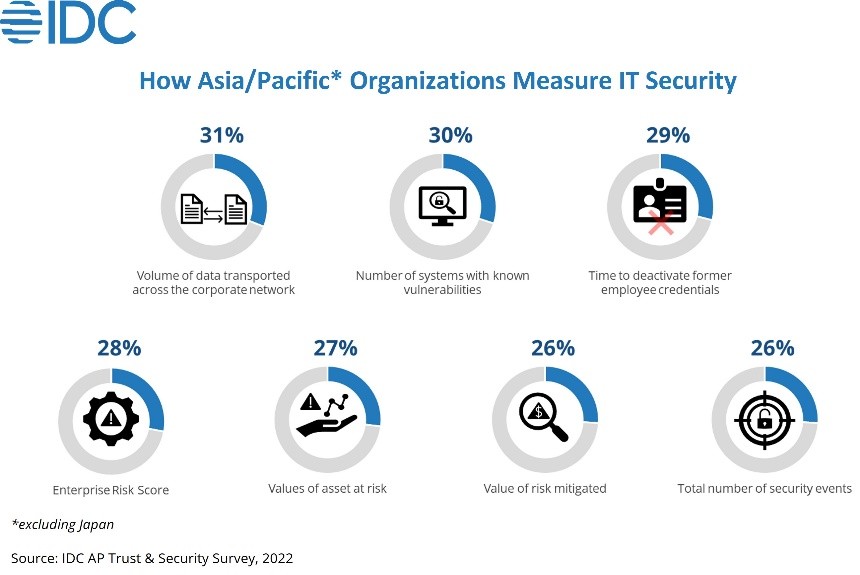Security has become a major priority for IT leaders, according to the IDC report, Security in a Hybrid Work Era. The report singled out employee access to insecure devices, networks, and data resources as posing significant challenges to organisations implementing a hybrid work model.


“Leaders should not think hybrid work means a sacrifice for security. Although there are more security challenges for organisations to address in hybrid work environments, having IT security strategies with measurable KPIs, and the right security products will bring tremendous value to productivity and business growth,” says Dr Lily Phan, research director, future of work at IDC.
As many organisations are planning for hybrid work to continue to stay, the importance of where work gets done is less important than how work gets done.
However, IT business leaders are finding out ways to ensure the security of data and corporate resources from threats without affecting employees’ productivity.
What security spending looks like
IDC data shows that security has become the second-largest IT investment for APJ organisations as they are recognising the critical role of security in hybrid work models.
The top security concerns revolve around work devices, such as sensitive information accessed on unmanaged networks and devices (51%), compliance (46%), work devices communicating over unsecured networks (43%), and the inability to monitor the security posture of work devices (40%).
Recommendations
The way that organisations measure IT security decides whether their security strategies are robust and actively minimise threats to the organisations. Organisations must employ more holistic security measures such as the value of assets at risk, the value of risk mitigated, and the enterprise risk score, which are more comprehensive and extensive.





